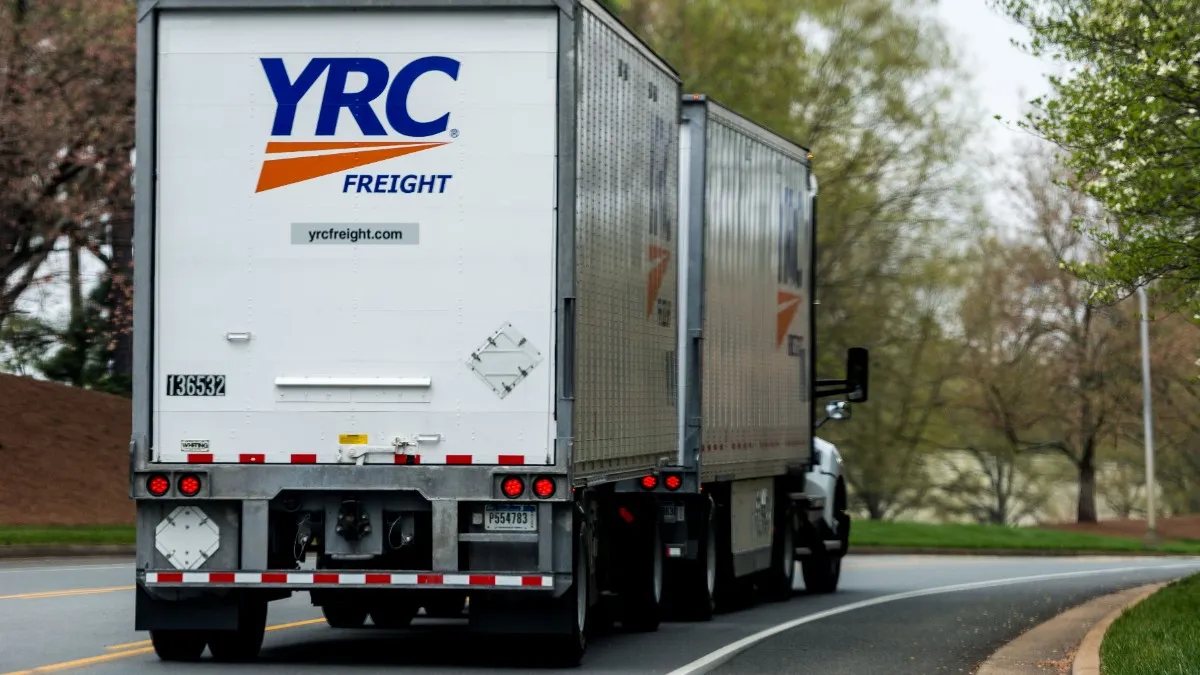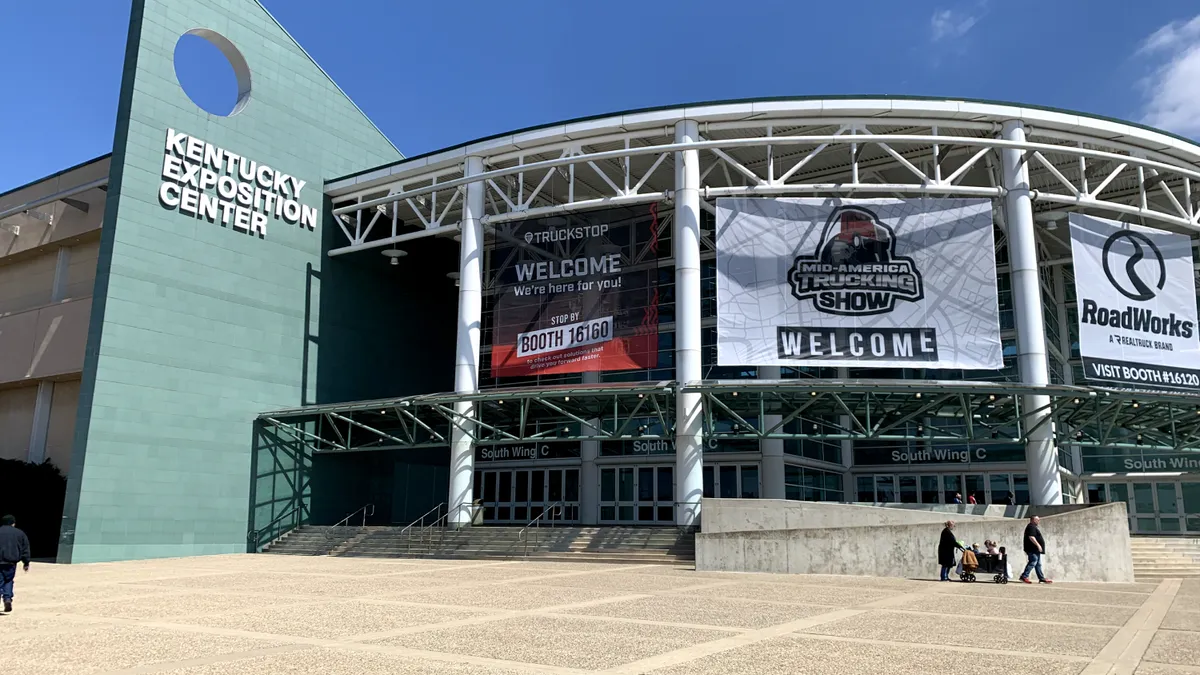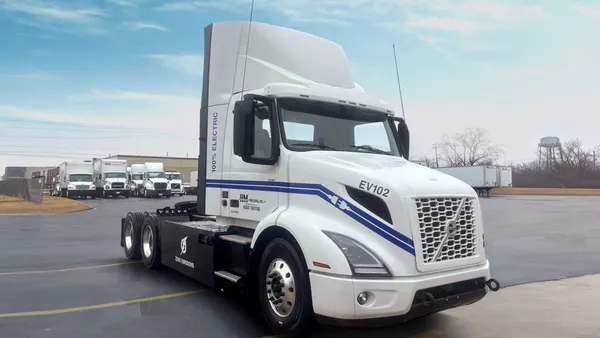If an OEM wants to launch a new product, having fleet partnerships in place makes for a solid go-to-market plan.
Werner Enterprises will become one of the first trucking companies to drive Hyliion's Hypertruck ERX. This truck's electric powertrain is fueled by natural gas with the goal of lowering emissions and fuel costs.
Anheuser-Busch, Bison Transport, Werner Enterprises and Mesilla Valley Transportation have agreed to let Embark install its automated driving system on their trucks.
Partnerships are also an approach to procurement. Schneider, which is partnering with TuSimple on the development of autonomous trucks, also partnered with Overhaul to improve freight visibility options and security.
Many other carrier connections with OEMs fly under the radar, but they certainly exist, as the benefits of partnering outweigh the drawbacks.
"The risks are minimal," Danny Abernathy, president of Catawba Truck Rental, said of OEM partnerships. "There are more upsides than downsides, and you have the opportunity to give feedback and enhance the development of the product or service."
Catawba has relationships with Daimler Trucks North America, Wabash National and Great Dane.
Yellow, formerly YRC, recently announced it deployed more than 1,200 new tractors from Peterbilt. This new equipment will upgrade and update Yellow's aging tractors.
"Ensuring that we have a solid relationship with an OEM that includes engineering support, aftermarket parts and readily available services for the vehicles, requires a partnership, not a mere transactional relationship," said Joe Sturtz, vice president of equipment at Yellow, in an email.
These are long-term critical assets that drivers operate to transport customers' shipments, Sturtz said, which is the heart of Yellow's mission. A partnership-based relationship with the OEM is the foundation for placing a safe and reliable vehicle into the fleet, he said.
Sharing knowledge, meeting expectations
OEMs want fleets to be satisfied with their products. So, whatever they can do to make equipment to a fleet's liking is in their best interest.
"The end customer who buys thousands of assets a year has a great deal of influence over the OEMs," said Mark Stanton, general manager of PowerFleet, a technology provider that secures, controls, tracks and manages high-value assets.
Instead of deciding internally what's best for a fleet, the OEM asks the fleet what it wants and needs.
"You have the opportunity to give feedback and enhance the development of the product or service."

Danny Abernathy
President of Catawba Truck Rental
"The fleets make the final decisions [when they buy] and the right OEM partner utilizes its resources and expertise to make sure fleets make an informed decision when detailing out our vehicle specifications," said Sturtz. "Making a large purchase of vehicles can be a complex process, with fleet and OEM professionals ensuring the final product meets the expectations for safety, reliability and sustainability."
On occasion, Catawba has participated as a beta or pre-series fleet with an OEM.
"We gave feedback on the features and benefits and suggested enhancements that needed to be made," said Abernathy. "Our ideas and comments are taken very seriously."
Once fleets get to know the OEM and vice versa, that relationship results in numerous efficiencies, said Sturtz. The fleet has provided the knowledge of how to spec out the truck to the OEM, so manufacturing errors are mitigated. The partnership may also streamline administrative and procurement functions.
Abernathy said the biggest benefit is the relationship itself. OEMs support their partners and help with technology, training, diagnostics and other issues; all that enhances the cost efficiency of the product or service.
Do your homework on safety, priorities
The benefits of OEMs partnerships are apparent. But fleets should do their homework before committing to one of these connections.
Abernathy suggested looking for an OEM that aligns with a trucking company's philosophy. Ask what their stance is on safety, fuel economy and other issues vital to your fleet. If the OEM has the same priorities as your business, you've got a match.
And don't limit yourself to a single OEM, said Stanton.
"You could lose an opportunity to buy from a different OEM," he said. "Keep a balance, and don't lock into a specific OEM for too long."
From the end customer's perspective, these relationships are a good idea, said Stanton. When you understand how to best partner with your fleet, the OEM and the asset, it can be advantageous to all.
"What benefits the end customer is what we are all about," said Stanton. "If we aren't delivering solutions to them, then we're not doing our jobs properly."












